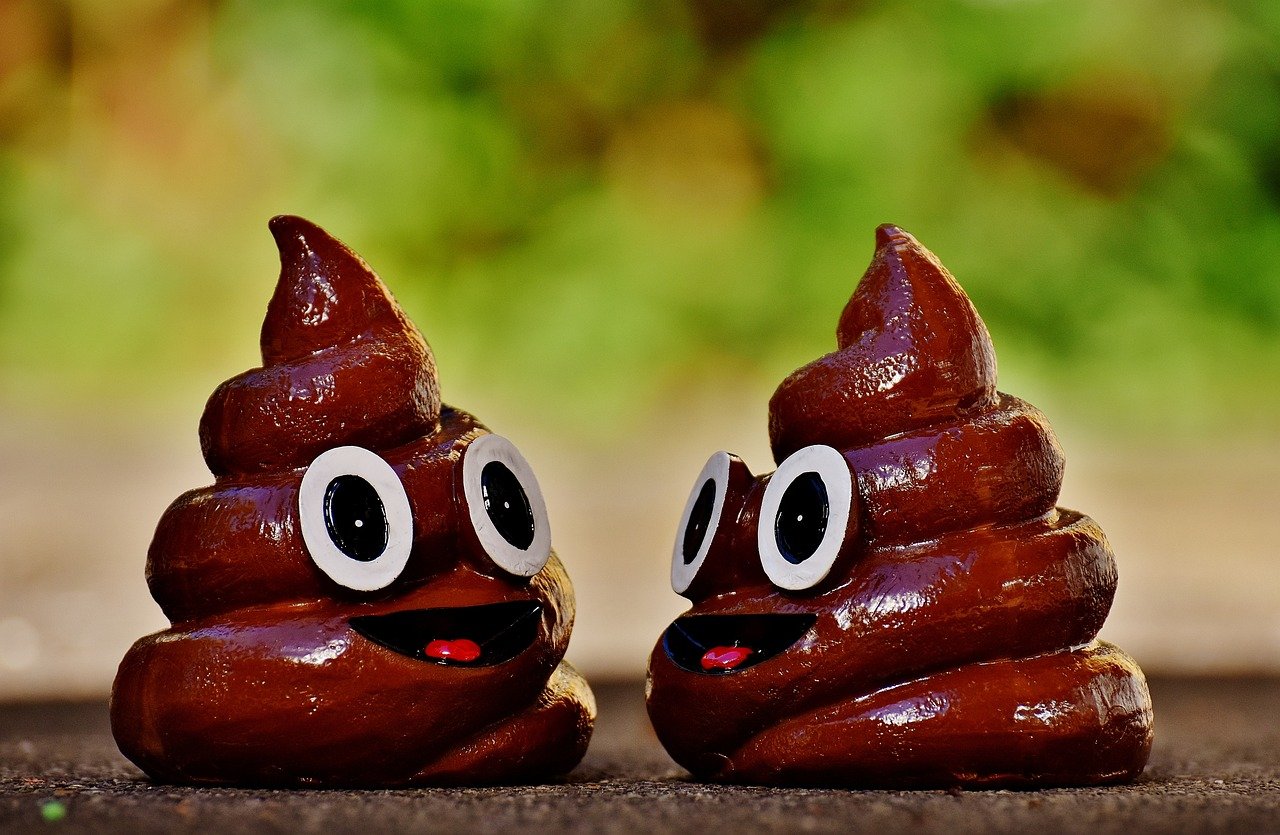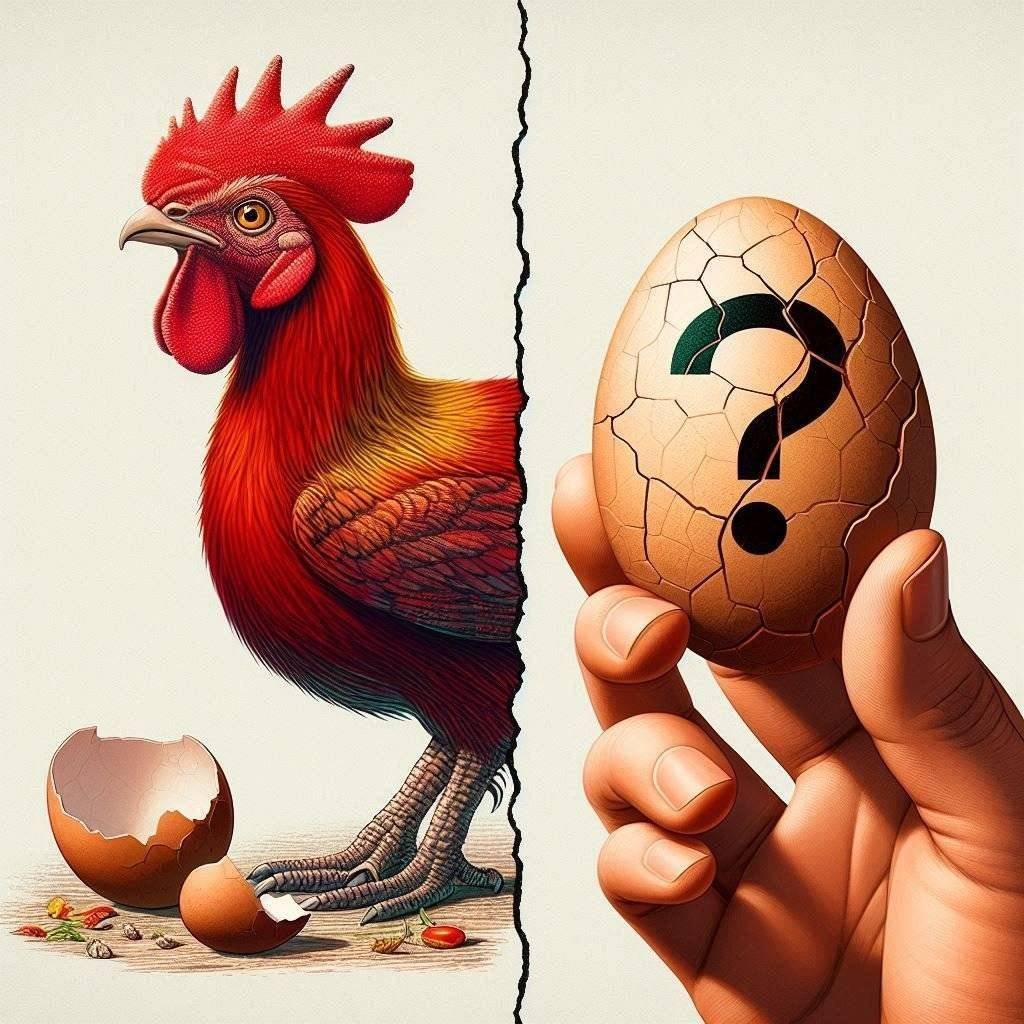While you might not think about it often, there are actually some interesting distinctions between child and adult waste products, pee and poo! Let’s delve into the science behind these bodily functions:
Digestive Development:
A child’s digestive system is still maturing. Their bodies are working on processing a wider variety of foods compared to the more established diets of adults. This can lead to some differences in:
- Consistency: A child’s poop might be more mushy or unpredictable in consistency compared to a typically more formed adult stool.
- Frequency: Children tend to have more frequent bowel movements than adults. This is because their smaller digestive systems process food faster.
- Diet Impact: Changes in a child’s diet can have a more dramatic effect on their waste compared to adults. Introducing new foods or experiencing digestive discomfort can be more noticeable in children’s waste patterns.
Pee Power:
The composition of pee is also slightly different between children and adults. Here’s why:
- Hydration: Children generally have a higher water content in their bodies than adults. This translates to a more diluted pee in children.
- Diet: A child’s diet can influence the color and smell of their pee more readily than an adult’s. For example, certain fruits or vegetables can cause slight variations.
- Development: A child’s kidneys are still maturing in their ability to concentrate urine. This can sometimes lead to instances of bedwetting until full bladder control is established.
Waste Wisdom: When to Worry
It’s important to note that these are just general differences. If you’re ever concerned about a child’s waste patterns, like persistent blood in stool, unusual colors, or prolonged constipation, it’s always best to consult a doctor.
The Poop on Danger: Are Child’s Discards More Hazardous?
Now, let’s address the concern about whether child waste is inherently more harmful than adult waste. In general, no, a healthy child’s pee and poo aren’t significantly more hazardous than an adult’s. Both carry similar levels of bacteria commonly found in the gut.
However, there are a few things to consider:
- Immunity: Young children have developing immune systems, so they might be more susceptible to infections if they come into direct contact with their own waste or someone else’s. This is why proper hygiene practices like handwashing after diaper changes are crucial.
- Parasites: In rare cases, children might have intestinal parasites that can spread through fecal matter. Consult a doctor if you suspect a parasitic infection, indicated by symptoms like persistent diarrhea or bloody stools.
The Takeaway:
Understanding the subtle variations in child and adult waste can be a helpful tool for parents and caregivers. By learning what’s normal, you can ensure your child’s digestive system is functioning properly and address any potential issues promptly. Remember, healthy habits like a balanced diet and proper hydration are key for good waste management at any age!
Waste Wanderers: A Wild Look at Poop and Pee!
We all eliminate waste, but have you ever considered the fascinating differences between how various creatures handle their business? Buckle up, because we’re taking a wild (and informative!) journey through the world of pee and poo, comparing humans (adults and children) to our domestic and wild animal companions!
Digestive Divergence:
Each creature has a digestive system built for its specific diet. Here’s how that translates to waste:
- Humans:
- Adults: Adult human waste reflects a varied diet, with stool typically being more formed and predictable.
- Children: A child’s developing digestive system leads to more frequent and sometimes less consistent bowel movements. Their waste is also more sensitive to dietary changes.
- Domestic Animals:
- Dogs and Cats: These carnivores have waste that’s often denser and smellier than humans due to their meat-based diet.
- Rabbits and Guinea Pigs: Herbivores like these have a unique digestive system that produces two types of droppings: dry, round pellets and softer, mucus-coated cecotropes (they re-ingest these for extra nutrients!).
- Wild Animals: The waste of wild animals is as diverse as their diets. Herbivores like elephants produce massive amounts of dung, while carnivores like wolves leave behind smaller, protein-rich scat.
Pee Powerhouse:
Pee composition also varies depending on species:
- Humans:
- Adults: Adult human pee is typically yellow due to a pigment called urochrome. Hydration levels and diet can influence color and concentration.
- Children: Children’s pee might be more diluted due to their higher water content.
- Domestic Animals:
- Dogs and Cats: Their pee can have a strong odor due to dietary factors and marking territory.
- Rabbits and Guinea Pigs: Their pee is often concentrated due to their water-saving adaptations.
- Wild Animals: Wild animal pee serves various purposes besides elimination. It can be used for marking territory, attracting mates, or even as a defense mechanism. The color and smell of wild animal pee can be highly variable.
Waste Wisdom: When to Worry
It’s important to remember these are just general guidelines. Always consult a veterinarian if you notice unusual changes in your pet’s waste, or a doctor if you’re concerned about a child’s elimination habits.
The Takeaway:
Understanding the differences in waste between humans and animals allows us to appreciate the incredible adaptations of various species. For humans, healthy waste management involves a balanced diet, proper hydration, and good hygiene practices at all ages. As for our animal companions, learning about their waste can help us identify potential health concerns and ensure they’re thriving. So next time you encounter a pile of poo, remember: it’s not just waste, it’s a window into the fascinating world of digestion and animal biology!



